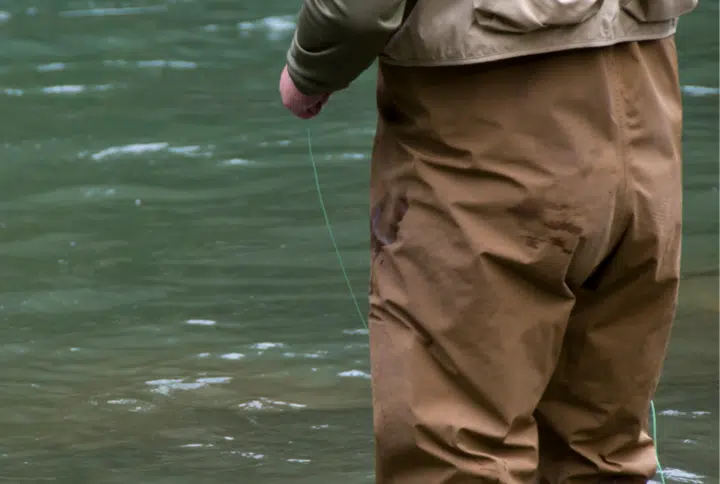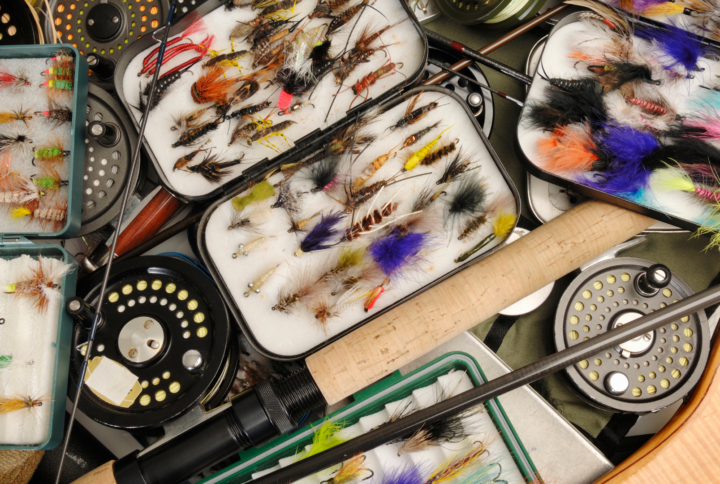Savage River - Barton - Maryland
Fly Fishing River Report & Conditions
Savage River – Barton - Water Flow Chart
Savage River – Barton - Weather report & radar
Savage River – Barton - General hatch chart
| Month | Hatch | Time of Day | Recommended Fly Sizes | Popular Fly Patterns |
|---|---|---|---|---|
| January | Midges | Warmest part of the day | 18-22 | Griffith’s Gnat, Zebra midge |
| BWO | Late morning – late afternoon | 18-24 | Pheasant Tail nymph | |
| February | Stoneflies | Warmest part of the day | 12-14 | Golden stone, Black stone |
| Midges | Warmest part of the day | 18-22 | Griffith’s Gnat, Zebra midge | |
| BWO | Late morning – late afternoon | 18-24 | Pheasant Tail nymph | |
| March | Caddis | Afternoon | 16-20 | Godard Caddis, Elk Hair Caddis |
| Stoneflies | Warmest part of the day | 12-14 | Golden stone, Black stone | |
| BWO | Late morning – late afternoon | 18-24 | Pheasant Tail nymph | |
| April | Caddis | Afternoon | 16-20 | Godard Caddis, Elk Hair Caddis |
| Mayflies | Mid-morning- afternoon | 14-16 | Adams, Hare’s Ear | |
| Stoneflies | Warmest part of the day | 12-14 | Golden stone, Black stone | |
| Midges | Warmest part of the day | 18-22 | Griffith’s Gnat, Zebra midge | |
| May | Caddis | Afternoon | 16-20 | Godard Caddis, Elk Hair Caddis |
| Mayflies | Mid-morning- afternoon | 14-16 | Adams, Hare’s Ear | |
| Sulphurs | Evening | 14-18 | Sulphur Dun, Light Cahill | |
| Stoneflies | Warmest part of the day | 12-14 | Golden stone, Black stone | |
| Midges | Warmest part of the day | 18-22 | Griffith’s Gnat, Zebra midge | |
| June | Sulphurs | Evening | 14-18 | Sulphur Dun, Light Cahill |
| Mayflies | Mid-morning- afternoon | 14-16 | Adams, Hare’s Ear | |
| Stoneflies | Warmest part of the day | 12-14 | Golden stone, Black stone | |
| Caddis | Afternoon | 16-20 | Godard Caddis, Elk Hair Caddis | |
| Midges | Warmest part of the day | 18-22 | Griffith’s Gnat, Zebra midge | |
| July | Tricos | Morning | 22-26 | Trico Spinner, Trico Dun |
| Terrestrials | All day | 10-14 | Chernobyl Ant, Dave’s Hopper | |
| Caddis | Afternoon | 16-20 | Godard Caddis, Elk Hair Caddis | |
| Midges | Warmest part of the day | 18-22 | Griffith’s Gnat, Zebra midge | |
| August | Tricos | Morning | 22-26 | Trico Spinner, Trico Dun |
| Terrestrials | All day | 10-14 | Chernobyl Ant, Dave’s Hopper | |
| Caddis | Afternoon | 16-20 | Godard Caddis, Elk Hair Caddis | |
| Midges | Warmest part of the day | 18-22 | Griffith’s Gnat, Zebra midge | |
| September | Terrestrials | All day | 10-14 | Chernobyl Ant, Dave’s Hopper |
| Caddis | Afternoon | 16-20 | Godard Caddis, Elk Hair Caddis | |
| Midges | Warmest part of the day | 18-22 | Griffith’s Gnat, Zebra midge | |
| October | BWO | Late morning – late afternoon | 18-24 | Pheasant Tail nymph |
| Caddis | Afternoon | 16-20 | Godard Caddis, Elk Hair Caddis | |
| Midges | Warmest part of the day | 18-22 | Griffith’s Gnat, Zebra midge | |
| November | BWO | Late morning – late afternoon | 18-24 | Pheasant Tail nymph |
| Midges | Warmest part of the day | 18-22 | Griffith’s Gnat, Zebra midge | |
| December | BWO | Late morning – late afternoon | 18-24 | Pheasant Tail nymph |
| Midges | Warmest part of the day | 18-22 | Griffith’s Gnat, Zebra midge |
Savage River – Barton Access Points
The Savage River – Barton area offers several prime access points for fly fishing. These spots are favored because of their abundance of fish and stunning natural surroundings. Here’s a breakdown of some ideal spots:
- Monroe Run: With excellent brown trout population and easy access, it’s a favorite among anglers.
- The Narrows: In addition to exceptional scenery, this point offers deep pools that are home to various species.
- Kemp Mill: Appreciated for its lively rainbow trout population, it is easy to navigate and has decent parking facilities.
- Appalachian Blue: Known for its concentration of brook and rainbow trout, it provides spacious casting areas.
- Pennsylvania stretch: This section offers a mix of fast and slow water with great hatches.
Each access point on the Savage River – Barton offers a unique opportunity for anglers to enjoy an unforgettable fly fishing experience.
Savage River – Barton Fishing Spots
- Upper Savage River: Known for its brook trout population.
- Savage River Reservoir: Home to a large population of fallfish, rainbow trout, and white sucker.
- Lower Savage River: Popular for its rainbow and brown trout.
- Spring (April – June): Upper Savage River is great because the trout are spawning.
- Summer (July – September): Savage River Reservoir is the best spot as water levels are high.
- Fall (October – December): Lower Savage River is the prime spot due to dropping temperatures.
Savage River – Barton Local Fish Species
- Rainbow Trout: This vibrant fish species is a popular target for fly fishers on the Savage River due to its abundance and difficulty to catch.
- Brook Trout: Brook trout are native to the Savage River. Their beautiful markings and aggressive feeding habits make them a joy to catch.
- Brown Trout: Known for their fighting style and overall size, Brown Trout are considered a prize catch by most fly-fishers in the Savage River.
- Smallmouth Bass: Though not a trout, the Smallmouth Bass is a well-loved catch due to its aggressive behavior and the challenge it presents.
- Bluegill: A lot of anglers love targeting Bluegill as they are plentiful and put up a great fight for their size.
- Rock Bass: As a native species, the Rock Bass offers an exciting challenge for fly fishers due to its size and strength.
- Chain Pickerel: Chain Pickerel’s sharp teeth and aggressive nature make it an exciting and challenging catch for any angler.
- Northern Pike: Known for their size and ferocity, Northern Pike are a valued catch in the Savage River and are pursued by many experienced anglers.
About the Savage River – Barton
Unearth the captivating history of Savage River, a gem nestled in the Barton area. Named by colonist, John Savage, in the 18th century, the river’s allure extends beyond its picturesque vistas.
- Initially cherished by Native Americans for the rich terrains surrounding, Savage River served as a primary hunting ground for the tribes.
- The 19th Century introduced abundant mining opportunities, transforming the river environment significantly. The area brimmed with prospectors hoping to strike it rich with coal.
- These days, the Savage River caters to a more tranquil audience – nature lovers! With the ebbing and flowing waters offering respite and rejuvenation.
The fusion of rich cultural history and natural beauty is what sets the Savage River – Barton area apart. Whether it’s the murmuring waters whispering tales of the past, or the tranquil surroundings instilling a sense of peace, the place continues to enchant visitors across generations.
Community Contributions
Be part of the fishing community!
No updates submitted for this river.



